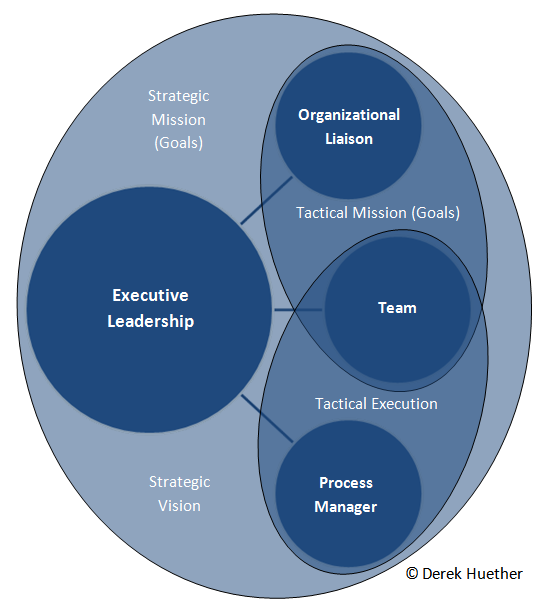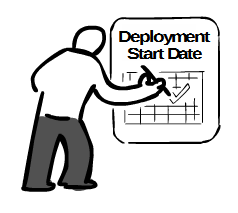I'm always looking for ways to communicate with team members, vendors, and customers. When trying to understand the range of communications, I recently reassessed what I thought the opposite of communications was. I no longer believe it is silence. Rather, I believe it is manipulation.

2 Examples:
[1] Buying a Vehicle
You go into an auto dealership. You want to purchase a new vehicle. You want to pay the lowest price as possible and the dealer wants to make the highest profit possible. Rather than coming to the table and negotiate based on this mutual understanding, both sides try to remain as silent as possible. Both sides are trying to manipulate the other, in order maximize the outcome in their favor.
[2] Getting a New Job
You apply for a position with a new company. You are interviewed and the company believes you are a good fit. As soon as salary is discussed, the manipulation traditionally begins. Both sides are trying to manipulate the other, in order maximize the outcome to their respective favor.
How it should be
In the case of the auto dealer, they should be honest about their cost of the vehicle. They should explain how the dealership and sales person will be paid. They should ask the buyer what their needs and wants are. Is it cost or is it the make/model (scope)? The key here is everyone needs to be honest! I'm not a pessimistic person, but with a (sales) relationship like this, I feel there will always be manipulation involved.
When negotiating salary with a new company, the relationship is different. Hopefully, both parties want a long term relationship built on honesty. I propose the applicant tell the potential employer exactly what they are currently being compensated, including benefits and bonuses. The applicant should explain their motivation for seeking new employment. Were they being paid too little; Were their benefits too expensive; Was their work/life balance all out of sorts? Was the previous job just unfulfilling? The new company should take this into account before making an offer. They should explain the range of compensation to be offered. Both sides need to be frank and honest. I recognize this is one of the most uncomfortable conversations you ever have. That's why I believe both sides should be honest and over-communicate.
How it applies to a project or program
In the previous two examples, both involved negotiations and communications. From my perspective, these can all be win-win scenarios if we are honest and over-communicate. Over the weekend, I participated in a live web interview with Peter Saddington from AgileScout. I stressed the need for over-communications on projects and gave 3 examples on how to do it. You can over-communicate by using information radiators, daily stand-up meetings, or by having an open-door policy (with rules) with other meetings.
Information Radiators
Use burn-up, burn-down, kanban, or task boards in both executive work areas and team work areas. I would recommend displaying enterprise (program) level information where all of the executives can see it. I would recommend displaying team (project) level information where all the teams can see it.
Short Feedback Loops
Have daily stand-up meetings for each of your teams. Have daily "scrum-of-scrum" or "team-of-team" meetings to roll information up to an enterprise level. There is no excuse for anyone to NOT know what is going on every day.
Open Meeting Policy
For all of your meetings, have some simple rules. Understand that some people are allowed to talk and some are only allowed to listen. But, all should be informed. Now, I recognize not everyone should attend a Retrospective meeting or Executive Board meeting. But, everyone should know what the outcomes are.
Let's face it, the enterprise wants to get as much productivity out of its employees as it can, in order to reach its tactical and strategic goals. In order to do that, you need empowered teams who trust each other. You need free-flowing communications. I'll say it one more time. Be honest and over-communicate.
 This morning, I tried to explain a very important concept to my son. I filled a glass with water to the half-way point. I then asked him if the glass was half empty or half full.
This all came about because he was playing a video game. He placed fourth out of ten and the message better luck next time! appeared on the screen. I could hear him from the other room. That's so rude!
This morning, I tried to explain a very important concept to my son. I filled a glass with water to the half-way point. I then asked him if the glass was half empty or half full.
This all came about because he was playing a video game. He placed fourth out of ten and the message better luck next time! appeared on the screen. I could hear him from the other room. That's so rude!






